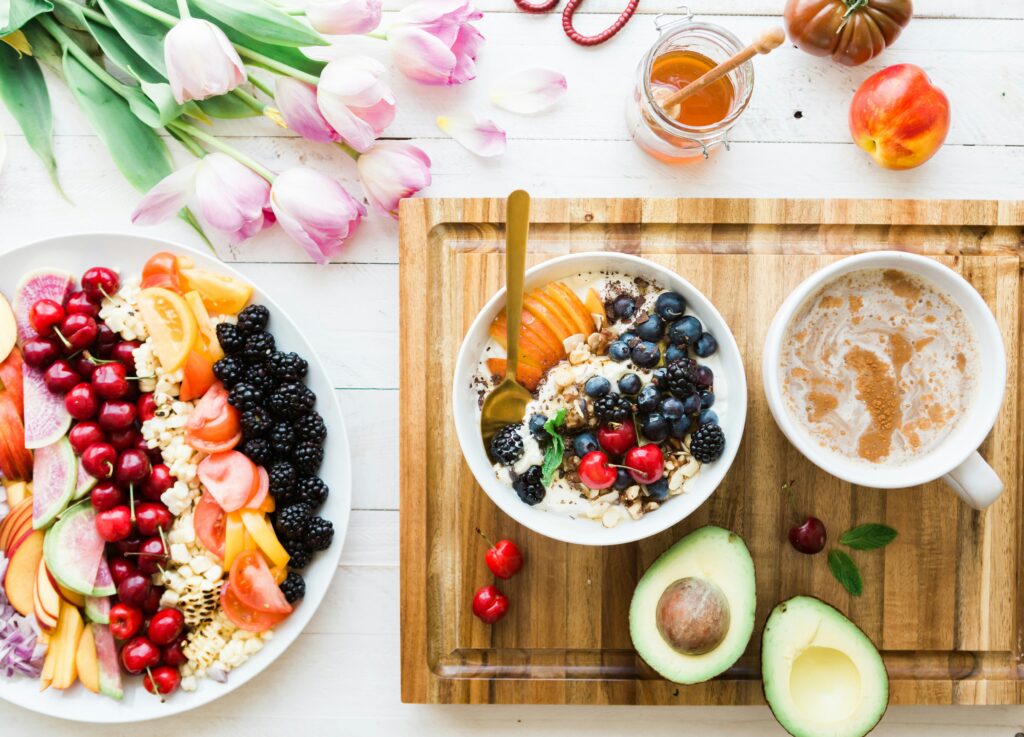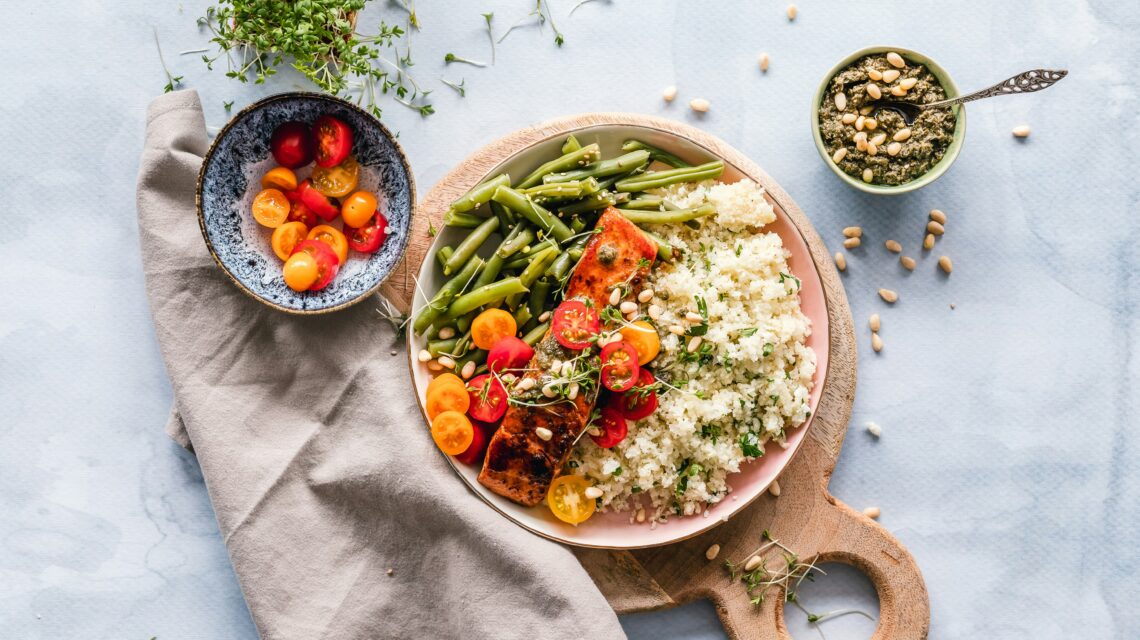Do you ever find yourself wandering aimlessly in the grocery store, unsure of what to choose for a healthy diet? You are not alone, and the truth is, eating healthily starts right at the grocery store. If you wish to nourish your body with the best possible options, having a solid grocery list can make all the difference. In this guide, we’ll explore the essential foods that should be on your list to ensure nutritious and balanced meals. With a bit of planning, you’ll find healthy eating is more accessible than you might think.
Understanding the Basics of Healthy Eating
Eating healthy is not about strict dietary limitations. It’s about feeling great, having more energy, and improving your mood. To attain these benefits, your meals need to be balanced with nutrients, which include proteins, carbohydrates, fats, as well as vitamins and minerals. Let’s break down what makes a diet nutritious and how you can incorporate these elements into your meals.
Proteins: The Building Blocks of Life
Proteins are essential to build and repair tissues in your body. These nutrients are critical, as they serve as the foundation for bones, muscles, skin, and blood. Incorporating a variety of protein sources into your diet is vital.
- Animal-based options: Lean meats such as chicken and turkey, fish like salmon and tuna, dairy products including Greek yogurt, and eggs.
- Plant-based options: Beans, lentils, chickpeas, quinoa, nuts, and seeds like chia and flaxseed.
Having a mix of these sources ensures you’re getting all nine essential amino acids your body needs.
Carbohydrates: Your Body’s Main Energy Source
Often misunderstood, carbohydrates are crucial for your body as they provide the energy required for physical activities and proper brain function. Choose complex carbohydrates, which offer more fiber and nutrients than refined carbs.
- Whole grains like oats, whole wheat pasta, and brown rice.
- Starchy vegetables such as sweet potatoes and squash.
- Fruits including berries, apples, and bananas.
Complex carbs also help in regulating blood sugar levels and keeping you full longer.
Healthy Fats: More Than Just a Misconception
Not all fats are created equal. Consuming the right types of fats is essential for good health, aiding in the absorption of vitamins and maintaining cell integrity.
- Monounsaturated fats: Avocados, olive oil, and nuts.
- Polyunsaturated fats: Fatty fish like salmon and mackerel, walnuts, and sunflower seeds.
- Omega-3 fatty acids: Crucial for brain health, found in fish and flaxseeds.
Avoid trans fats and limit saturated fats to maintain a healthy balance.
Crafting a Grocery List for Optimal Nutrition
Your grocery list is more than just a piece of paper—it’s your strategic plan for a week’s worth of healthy meals. By choosing a variety of foods from each food group, you ensure that you receive all the nutrients your body requires. Below is a comprehensive list to guide you:
Fruits and Vegetables: Nature’s Multivitamins
Fruits and vegetables should make up a significant portion of your diet, providing essential vitamins and minerals.
Must-Have Vegetables
- Leafy greens: Spinach, kale, and arugula.
- Cruciferous veggies: Broccoli, Brussels sprouts, and cabbage.
- Root vegetables: Carrots, beets, and radishes.
- Others: Bell peppers, zucchini, and mushrooms.
Essential Fruits
- Berries: Blueberries, strawberries, and raspberries, known for their antioxidants.
- Citrus fruits: Oranges and lemons, packed with vitamin C.
- Tropical fruits: Mangoes and pineapples for an exotic variety.
- Apples and pears: Versatile and fiber-rich.
Choosing organic options when possible can potentially reduce your exposure to pesticides and provide the nutritional benefits without chemical interference.
Whole Grains: The Fiber-Packed Staple
Whole grains are important for their high fiber content, which aids in digestion and keeps you feeling full longer.
- Whole oats for a hearty breakfast.
- Brown rice and quinoa as versatile grains for various dishes.
- Whole grain bread and pasta as healthier alternatives to their white counterparts.
Protein Power: Lean, Clean, and Green
Tapping into a variety of protein sources ensures all your needs are met without over-relying on any single type.
Lean Meats and Fish
- Chicken breast and turkey: Low-fat meats for versatile cooking.
- Fish: Opt for skinless fillets of salmon and cod for an omega-3 boost.
Plant-Based Proteins
- Tofu and tempeh: Excellent for vegetarian dishes.
- Legumes and lentils: High in fiber and protein.
Dairy and Alternatives: Calcium and Beyond
Dairy products are known for their calcium content, essential for maintaining strong bones and teeth.
- Greek yogurt for probiotics and protein.
- Cheese in moderation for a calcium boost.
- Almond milk or soy milk as lactose-free alternatives.
A Healthy Dose of Extras
To enhance the taste and nutritional value of your meals, include a few condiments and spices:
- Spices: Turmeric for its anti-inflammatory properties, and cinnamon to regulate blood sugar.
- Herbs: Basil and cilantro to add fresh flavors.
- Healthy condiments: Balsamic vinegar and mustard for low-calorie options.

Organizing Your Shopping Trip for Success
The way you approach your shopping can impact your choices and, subsequently, your diet. Here are a few tips to ensure you’re on the right track:
Plan Your Meals
Before heading to the store, have a meal plan ready for the week. Knowing what you’ll cook helps streamline your shopping list.
Stick to the Outer Aisles
Grocery stores are designed to have the freshest produce along the outer aisles. These sections usually contain the fruits, vegetables, meats, and dairy you need.
Avoid Shopping When Hungry
It’s a fact that you tend to buy more junk food when you shop on an empty stomach. Ensure you’re not hungry to make more rational choices.
Opt for In-Season and Local
Buying in-season and local produce not only supports local farmers but often provides the best-tasting and most nutritious options. Seasonal produce is also typically more affordable.
Making Healthy Eating Sustainable
Having a well-curated grocery list is just the first step in maintaining a healthy lifestyle. Here are some strategies to make healthy eating more sustainable:
Cook More at Home
Preparing meals at home is the best way to ensure you know exactly what’s in your food. This control helps reduce sodium, sugar, and unhealthy fats while allowing you to get creative with flavors.
Practice Portion Control
Keeping portions in check helps prevent overeating and maintains a well-balanced diet. Using smaller plates or pre-portioned containers can help in managing portion sizes effectively.
Embrace Variety
Variety in your diet prevents nutrient deficiencies and keeps meals from becoming monotonous. Try a new fruit or vegetable each week or experiment with different cuisines to keep things exciting.
Revise Your List Regularly
As you grow familiar with new healthy foods and recipes, modify your grocery list to include or omit items based on your dietary needs and preferences.

Conclusion
Crafting the best grocery list for healthy eating is about planning, understanding nutrition basics, and making informed choices. With the right mindset and tools, you have the power to transform your grocery shopping into a health-boosting endeavor. Remember, healthy eating is a lifelong journey, and each small choice contributes to your overall wellness. As you embrace these changes, you’ll likely experience a positive shift in your energy levels, mood, and overall health.
So next time you head to the store, rely on your list as your ally in making nutritious decisions that resonate with your health goals. Happy shopping and even happier eating!

 10 Simple Self-Care Practices For Stress Relief
10 Simple Self-Care Practices For Stress Relief  How To Create A Mindfulness Routine For Beginners
How To Create A Mindfulness Routine For Beginners  How To Incorporate Self Care Into Your Daily Life
How To Incorporate Self Care Into Your Daily Life  How To Practice Self Compassion: Tips And Techniques
How To Practice Self Compassion: Tips And Techniques  Mindfulness for Personal Growth: How Being Present Can Transform Your Life
Mindfulness for Personal Growth: How Being Present Can Transform Your Life  How To Practice Mindfulness Daily
How To Practice Mindfulness Daily  How To Create A Skincare Routine For Oily Skin
How To Create A Skincare Routine For Oily Skin  The Best Ingredients For Anti-Aging Skincare
The Best Ingredients For Anti-Aging Skincare  Skincare Myths That Are Wrecking Your Glow
Skincare Myths That Are Wrecking Your Glow  Natural Skincare 101: Everything you Need to Know
Natural Skincare 101: Everything you Need to Know  The Ultimate Guide To Sunscreen: What You Need To Know
The Ultimate Guide To Sunscreen: What You Need To Know  Guide to the Best Anti acne Products for Clear Skin
Guide to the Best Anti acne Products for Clear Skin